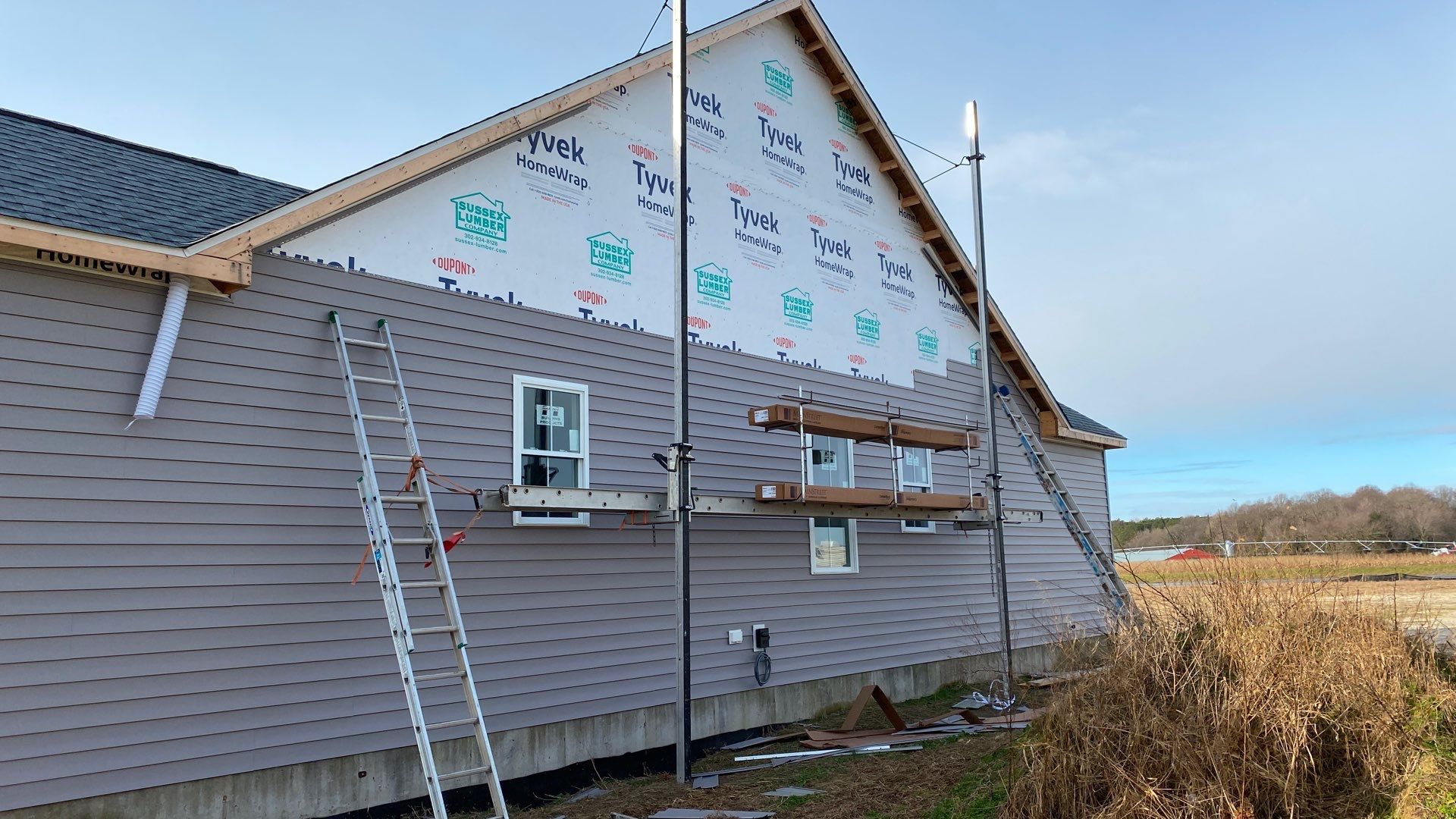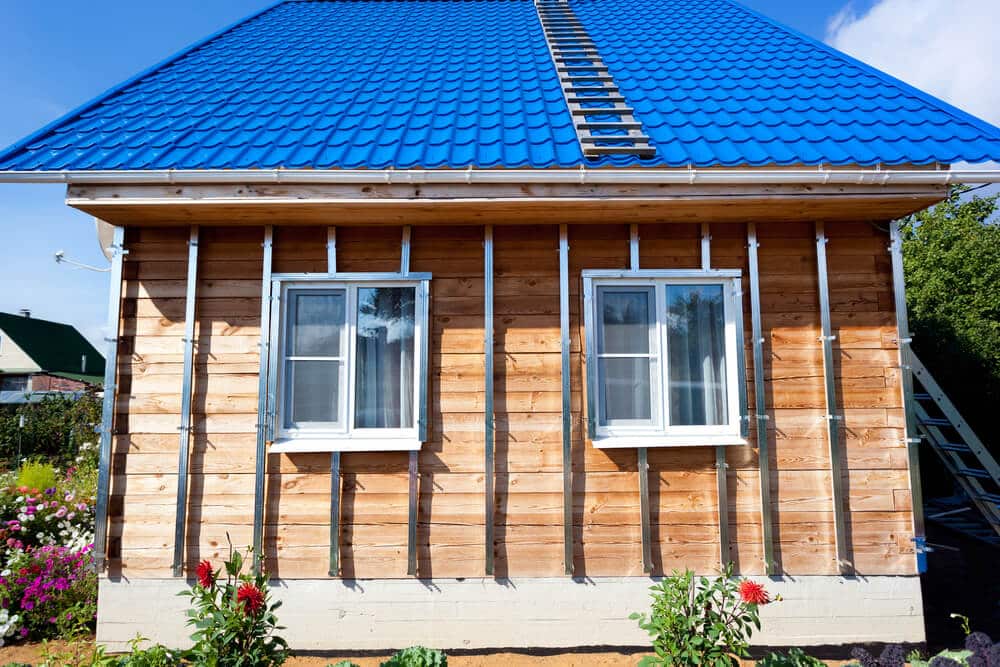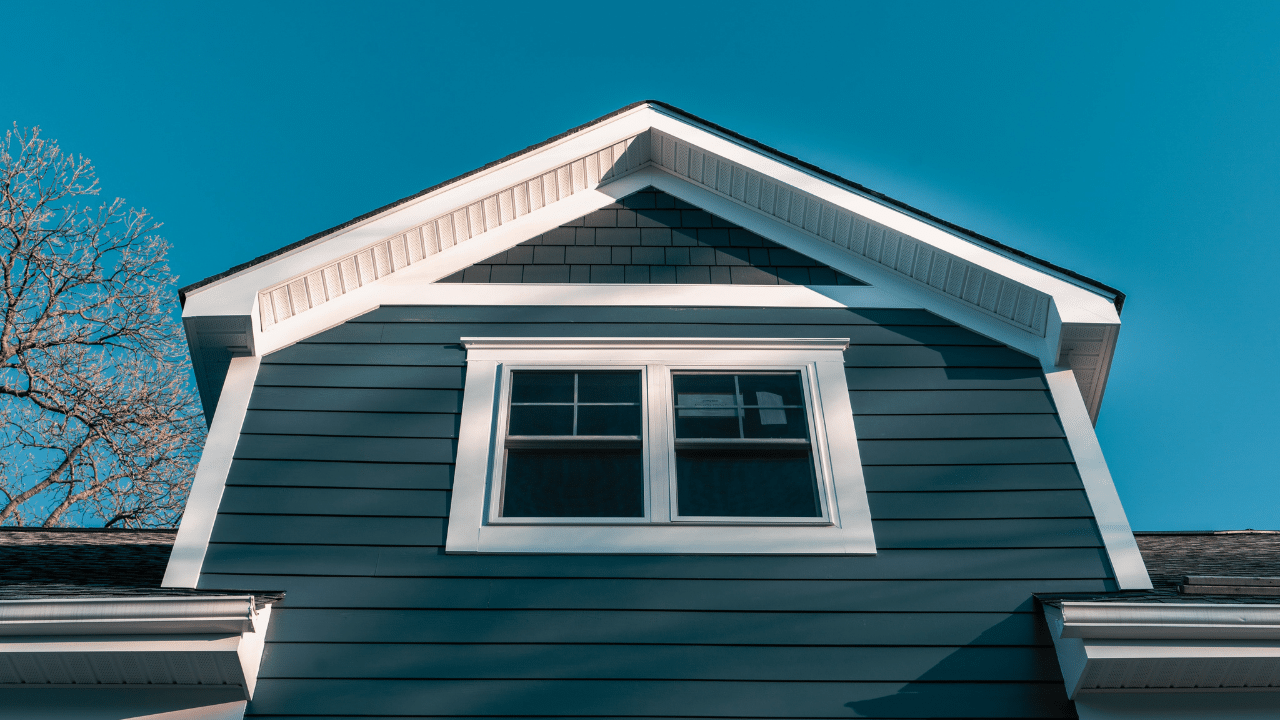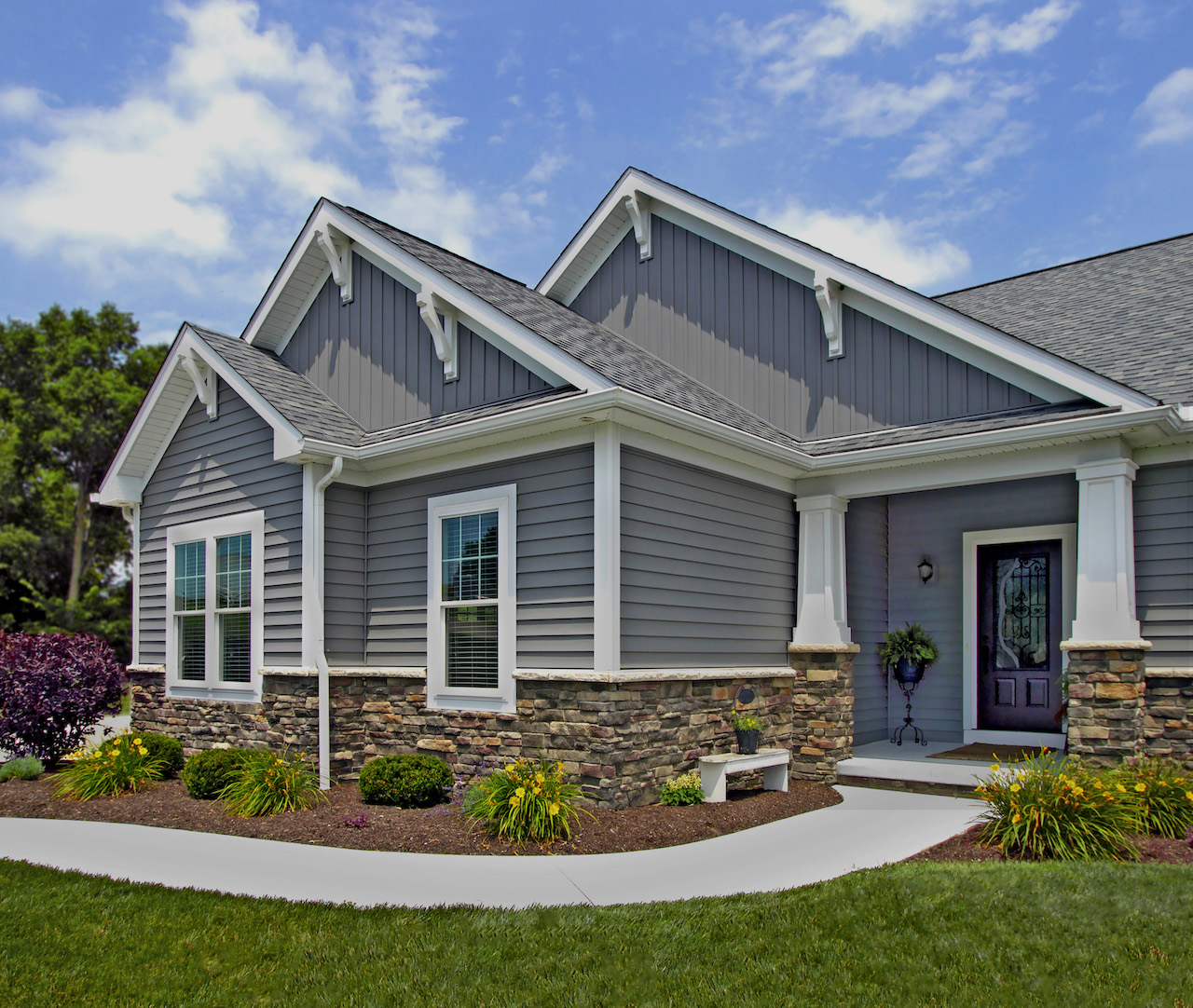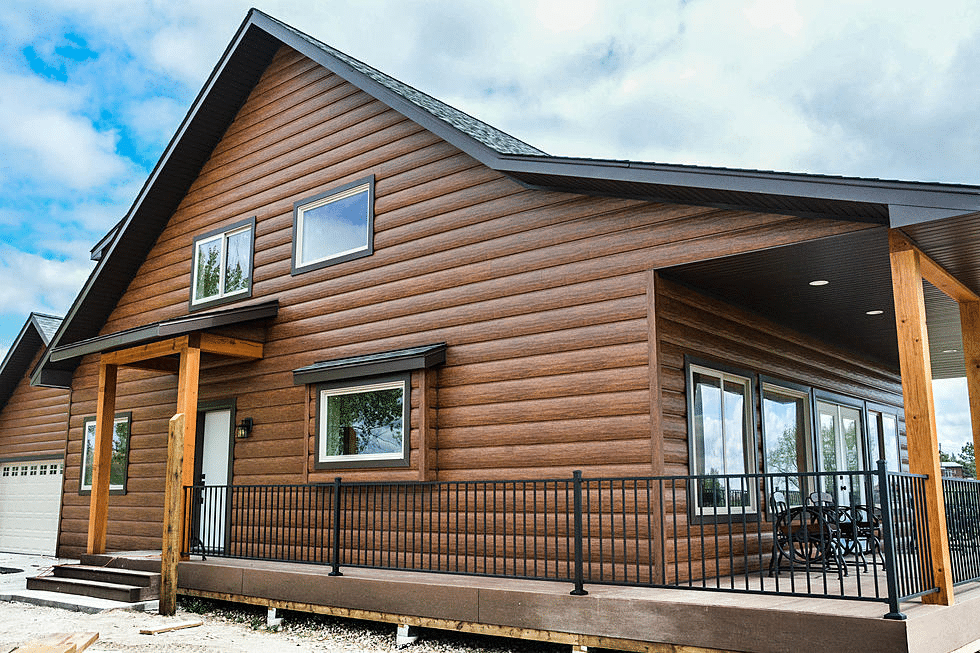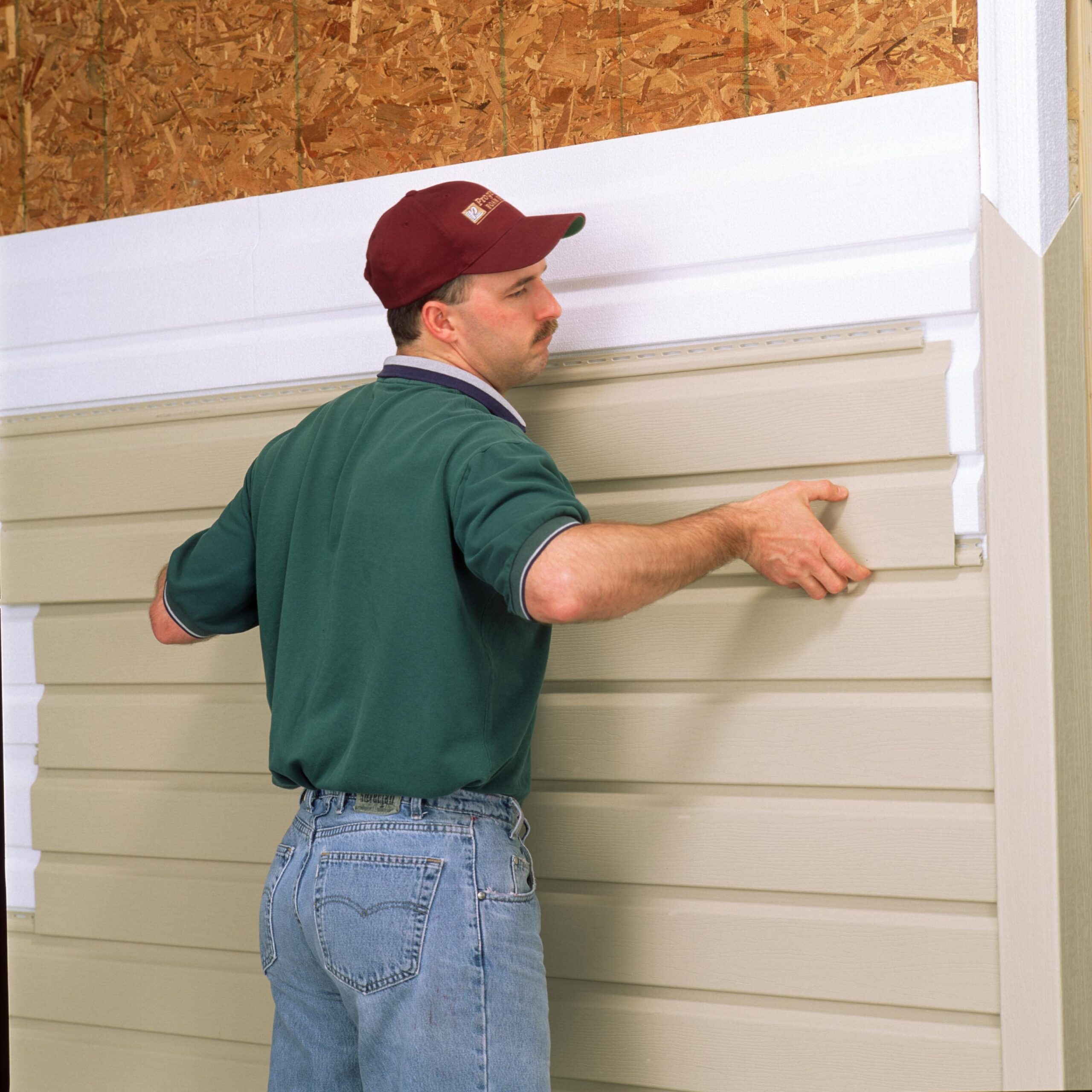Best Siding for Home Insulation
Best siding for home insulation isn’t just about aesthetics; it’s a crucial decision impacting energy efficiency, comfort, and long-term costs. Choosing the right siding material significantly affects your home’s thermal performance, influencing how much energy you use for heating and cooling. This guide explores various siding options, helping you make an informed choice based on your climate, budget, and environmental concerns.
We’ll delve into the insulation properties of different materials like fiber cement, vinyl, wood, and metal, comparing their R-values, costs, and lifecycles. We’ll also examine how factors beyond the siding itself – such as wall construction and installation techniques – contribute to overall home insulation effectiveness. Ultimately, the goal is to help you select the siding that best balances energy savings, durability, and environmental responsibility.
Types of Siding Materials for Insulation
Choosing the right siding for your home involves considering many factors, but thermal performance and energy efficiency are paramount. Different siding materials offer varying levels of insulation, directly impacting your heating and cooling costs. Understanding these differences is crucial for making an informed decision.
Siding Material Comparison: Insulation Properties
The table below compares common siding materials regarding their insulation properties, cost, and overall pros and cons. R-value is a measure of thermal resistance; a higher R-value indicates better insulation. Cost is a relative estimate and can vary significantly based on factors like material quality, labor costs, and regional pricing.
| Material | R-Value | Cost | Pros & Cons |
|---|---|---|---|
| Fiber Cement | 0.2 – 0.4 (varies by thickness and composition) | Medium to High | Pros: Durable, fire-resistant, low maintenance. Cons: Heavier than vinyl, can be more expensive than vinyl, installation can be more complex. |
| Vinyl | 0.0 – 0.1 (inherently low insulation value) | Low to Medium | Pros: Affordable, low maintenance, wide variety of colors and styles. Cons: Can fade or crack over time, less durable than fiber cement or metal, poor insulation properties. |
| Wood | 0.8 – 1.3 (varies by type and thickness) | Medium to High | Pros: Aesthetically pleasing, natural insulator. Cons: Requires regular maintenance (painting, staining), susceptible to rot, insect damage, and fire. |
| Metal (Aluminum, Steel) | 0.1 – 0.2 (inherently low insulation value; depends on backing) | Medium to High | Pros: Durable, long-lasting, fire-resistant. Cons: Can dent, susceptible to scratches, can be noisy in rain or hail, poor insulation properties without additional insulation layers. |
Thermal Performance and Energy Efficiency
The thermal performance of siding significantly impacts a home’s energy efficiency. Materials with higher R-values offer greater resistance to heat transfer, reducing the amount of energy needed to heat or cool the home. For example, a home sided with wood siding (with an R-value of approximately 1) will generally require less energy for climate control than a home sided with vinyl (with an R-value close to 0). However, it’s important to note that siding is only one component of a home’s overall insulation system; wall insulation, window efficiency, and air sealing also play crucial roles.
Visual Representation of Insulation Effectiveness
The visual representation would be a bar graph. The horizontal axis would list the siding materials (Fiber Cement, Vinyl, Wood, Metal). The vertical axis would represent the R-value. Each material would be represented by a colored bar, with the bar height corresponding to its R-value. For example, wood siding, having a higher R-value, would have a taller bar than vinyl siding. A color scheme could use warmer colors (reds, oranges) for higher R-values and cooler colors (blues, greens) for lower R-values, visually representing the insulation effectiveness. A legend clearly defining the color-R-value relationship would be included. For added clarity, the average R-value range for each material would be labeled on top of each bar. This graph provides a clear and concise comparison of the relative insulation capabilities of different siding materials.
Factors Influencing Siding Insulation Effectiveness
Choosing the right siding for your home involves more than just aesthetics; it significantly impacts your home’s energy efficiency and overall comfort. The effectiveness of siding as insulation is influenced by a complex interplay of factors, extending beyond the material itself. Understanding these factors is crucial for making informed decisions that lead to optimal home insulation and reduced energy bills.
Climate plays a crucial role in determining the best siding material for insulation. Different climates present unique challenges, requiring materials with varying properties to provide adequate protection.
Climate’s Impact on Siding Material Selection
Extreme temperatures, heavy rainfall, and strong winds all influence the choice of siding. In regions with harsh winters, materials with high R-values (a measure of thermal resistance) are essential to minimize heat loss. Conversely, in hot and humid climates, materials with high reflectivity (to reduce heat absorption) and good moisture resistance are preferred. For example, in a cold, snowy climate, a fiber cement siding with good insulation properties might be ideal, while in a hot, desert climate, a light-colored vinyl siding with high reflectivity would be a better choice. The selection process should consider the specific climatic conditions of the region to ensure optimal performance and longevity of the siding.
Other Factors Affecting Home Insulation
While siding contributes to a home’s overall insulation, it’s only one piece of the puzzle. The effectiveness of siding as an insulator is significantly impacted by other factors related to the home’s construction. The type and thickness of wall insulation, for instance, play a much more significant role than the siding itself. A well-insulated wall with a low-R-value siding will still perform better than a poorly insulated wall with high-R-value siding. Furthermore, the quality of air sealing around windows and doors dramatically affects the overall insulation performance of the home. Air leaks can negate the benefits of even the most effective siding and insulation materials. Similarly, the condition of the home’s foundation and the presence of any drafts can also have a significant impact.
Best Practices for Siding Installation
Proper installation is paramount to maximizing the insulation potential of any siding material. Careful attention to detail during the installation process ensures that the siding works efficiently as a barrier against heat transfer and moisture intrusion.
- Ensure proper underlayment: Installing a high-quality, continuous underlayment beneath the siding creates an additional layer of insulation and protection against moisture. This is crucial for preventing water damage and maintaining the overall efficiency of the wall assembly.
- Minimize gaps and air leaks: Careful attention to sealing all gaps and cracks around windows, doors, and other penetrations in the wall is crucial. Caulk, weatherstripping, and other sealing materials should be used to prevent air infiltration, which can significantly reduce the effectiveness of insulation.
- Maintain proper ventilation: Adequate ventilation behind the siding is essential to prevent moisture buildup. This prevents the growth of mold and mildew and helps maintain the structural integrity of the wall assembly. Proper ventilation also contributes to the longevity of the siding itself.
- Choose qualified installers: Hiring experienced and qualified installers ensures that the siding is installed correctly, maximizing its insulation benefits. A poorly installed siding system, regardless of material, will not perform as expected.
Cost-Effectiveness of Different Siding Options
Choosing the right siding isn’t just about aesthetics; it’s a significant investment impacting both your home’s value and your energy bills. This section analyzes the cost-effectiveness of various siding materials, considering initial costs, long-term energy savings, and maintenance requirements to help you make an informed decision. We’ll explore how to calculate return on investment (ROI) to determine which option offers the best long-term value.
Initial Costs and Long-Term Energy Savings of Different Siding Materials
The initial cost of siding varies greatly depending on the material, its quality, and the complexity of installation. However, the higher upfront cost of some materials can be offset by significant long-term energy savings. The table below provides estimates for common siding options. Note that these figures are averages and can fluctuate based on location, labor costs, and material specifics.
| Material | Initial Cost (per sq ft) | Estimated Annual Energy Savings (per sq ft) | Return on Investment (Years) |
|---|---|---|---|
| Vinyl | $3-$8 | $0.10-$0.25 | 12-32 |
| Fiber Cement | $8-$15 | $0.20-$0.50 | 8-30 |
| Wood | $10-$25+ | $0.15-$0.40 | 10-62 |
| Metal | $12-$20+ | $0.30-$0.70 | 6-25 |
| Brick | $20-$40+ | $0.40-$1.00 | 8-40 |
Lifecycle Costs and Maintenance
Lifecycle cost considers not only the initial purchase price but also the ongoing expenses associated with maintenance and eventual replacement. For instance, wood siding requires regular painting or staining to prevent rot and insect damage, adding to the long-term cost. Vinyl siding, while generally low-maintenance, may require occasional cleaning and repairs. Fiber cement, while durable, can be more expensive to repair than vinyl. Metal siding, while durable, can be prone to dents and scratches in high-impact areas. Brick, while incredibly long-lasting, requires minimal maintenance but high initial costs. Regular inspections and timely repairs for any siding type are crucial to extending its lifespan and preventing costly replacements.
Calculating Return on Investment (ROI) for Siding
Calculating the ROI helps determine how quickly your energy savings will recoup the initial investment. Here’s a sample calculation:
Let’s say you’re considering fiber cement siding for a 1000 sq ft house. The initial cost is $12 per sq ft, totaling $12,000. The estimated annual energy savings are $0.30 per sq ft, or $300 for the entire house. The ROI is calculated as follows:
ROI = Initial Investment / Annual Savings
ROI = $12,000 / $300 = 40 years
This means it would take approximately 40 years to recoup the initial investment through energy savings alone. However, factors such as increased home value and reduced maintenance costs should also be considered when assessing the overall ROI. The actual ROI will vary depending on your specific energy consumption, climate, and the chosen siding material and quality. Always get multiple quotes and carefully consider all factors before making a decision.
Siding and Environmental Impact
Choosing siding isn’t just about aesthetics and insulation; it significantly impacts the environment. The entire lifecycle of siding – from raw material extraction and manufacturing to installation, use, and eventual disposal – leaves an ecological footprint. Understanding this footprint is crucial for making informed, environmentally responsible decisions.
The environmental impact of different siding materials varies considerably. Factors like manufacturing processes, the embodied energy (the total energy consumed during a product’s lifecycle), resource depletion, and end-of-life recyclability all contribute to the overall environmental burden.
Environmental Impacts of Common Siding Materials
A comparison of the environmental impact of various siding materials reveals significant differences. For instance, vinyl siding, while often touted for its affordability, typically requires substantial energy to manufacture from petroleum-based products, and its recyclability is limited. Wood siding, a more natural choice, can have a lower carbon footprint if sourced from sustainably managed forests, but its lifespan is shorter than some other materials, and improper disposal can contribute to landfill waste. Fiber cement siding, while durable and recyclable, requires energy-intensive manufacturing processes involving cement production, which is a significant carbon emitter. Metal siding, often made from recycled aluminum or steel, boasts good recyclability but still carries an energy footprint associated with its manufacturing and transportation.
Sustainable Siding Options and Their Benefits
Several siding options offer a more environmentally friendly approach. Reclaimed wood siding, for example, reduces the demand for newly harvested timber and minimizes waste. Bamboo siding, a rapidly renewable resource, offers a sustainable alternative with relatively low embodied energy. Certain types of recycled plastic siding are available, minimizing the reliance on virgin plastic production. These sustainable choices not only reduce environmental impact but can also contribute to energy efficiency by improving insulation and reducing the need for heating and cooling. For instance, a well-insulated home using sustainable siding can reduce energy consumption by up to 15%, leading to lower energy bills and a smaller carbon footprint for the homeowner.
Visual Representation of Siding Material Environmental Footprints
Imagine a bar graph illustrating the relative environmental footprints of various siding materials. The horizontal axis represents different siding types (e.g., vinyl, wood, fiber cement, metal, bamboo). The vertical axis represents the overall environmental impact, measured as a composite score considering factors like embodied carbon, resource depletion, and recyclability. Each bar’s height corresponds to the material’s total environmental impact score. For example, vinyl siding might have the tallest bar due to its high embodied carbon and low recyclability, while bamboo siding would have a significantly shorter bar reflecting its renewable nature and lower carbon footprint. A key next to the graph would detail the specific metrics and weighting factors used to calculate the composite score. A similar representation could also be used to visualize the lifecycle energy consumption or the amount of waste generated by each siding type. This visual tool provides a quick and intuitive understanding of the relative environmental performance of various siding options, enabling consumers to make informed choices aligned with their environmental values.
Improving Insulation with Additional Measures
Choosing the right siding is a crucial step in improving your home’s energy efficiency, but it’s only part of the puzzle. To truly maximize insulation and minimize energy costs, you need a holistic approach that considers other areas of your home’s construction. This involves adding insulation in other areas and sealing air leaks, resulting in a significantly more energy-efficient home.
Improving insulation goes beyond just the exterior siding. Several methods can dramatically enhance your home’s thermal performance, leading to lower energy bills and a more comfortable living environment. By combining strategic insulation techniques with the right siding choice, you can create a highly effective barrier against heat loss and gain.
Wall Insulation
Adding insulation to your walls is a highly effective way to improve your home’s overall insulation. This can be done either during new construction or as a retrofit in existing homes. Common insulation materials for walls include fiberglass batts, cellulose, spray foam, and rigid foam boards. Fiberglass batts are relatively inexpensive and easy to install in wall cavities. Cellulose insulation, made from recycled paper, offers excellent thermal performance and is a good choice for both new and existing homes. Spray foam insulation seals air gaps effectively, reducing drafts and improving energy efficiency. Rigid foam boards provide a high R-value (a measure of thermal resistance) and are often used as an exterior insulation layer under siding. The best choice depends on your budget, the type of wall construction, and your desired level of insulation. For example, a home with existing vinyl siding might benefit from adding rigid foam insulation boards to the exterior before installing new siding, creating a superior thermal barrier.
Window and Door Seal Improvements
Windows and doors are significant sources of heat loss in many homes. Improving their seals can significantly enhance insulation. This can involve replacing old, drafty windows with energy-efficient models, using weatherstripping around doors and windows to seal gaps, and installing caulking to fill cracks and crevices. For example, upgrading from single-pane windows to double- or triple-pane windows can dramatically reduce heat transfer. Similarly, replacing old, worn weatherstripping can prevent drafts and significantly improve energy efficiency.
Improving Attic and Basement Insulation
Attics and basements are often areas of significant heat loss or gain. Adding insulation to these spaces can significantly improve the overall energy efficiency of your home. Attic insulation can be added using loose-fill insulation, batts, or rigid foam boards. Basements can be insulated using rigid foam boards, spray foam, or batts in wall cavities. For example, adding a layer of rigid foam insulation to the basement ceiling can drastically reduce heat loss during winter. Similarly, properly insulating the attic floor can prevent heat from escaping during cold months.
Step-by-Step Guide for Improving Home Insulation
Improving your home’s insulation using a combination of siding and other techniques involves a systematic approach. Here’s a step-by-step guide:
- Assess your home’s current insulation levels: Determine where heat is escaping or entering your home. This might involve a home energy audit or simply observing drafts and temperature fluctuations.
- Choose the right siding: Select siding material with good insulating properties, considering factors like climate, budget, and aesthetics. Fiber cement, engineered wood, and vinyl siding are popular choices with varying levels of insulation.
- Add wall insulation: If needed, install insulation in wall cavities. This might involve removing existing siding or using exterior insulation methods.
- Improve window and door seals: Replace old, drafty windows and doors or improve existing seals with weatherstripping and caulking.
- Insulate attic and basement: Add insulation to the attic and basement to minimize heat transfer through these areas.
- Install new siding: Install your chosen siding, ensuring proper installation to maximize its insulating capabilities.
By following these steps, you can create a significantly more energy-efficient home, reducing energy bills and increasing comfort. Remember to consider professional assistance for more complex tasks like wall insulation or window replacement.
Last Word
Selecting the best siding for your home insulation involves careful consideration of various factors. While the initial cost of certain materials might be higher, the long-term energy savings and reduced maintenance can significantly offset this. Remember to factor in your climate, home’s construction, and personal environmental preferences. By understanding the properties of different siding materials and employing best installation practices, you can create a comfortable, energy-efficient, and environmentally responsible home.



